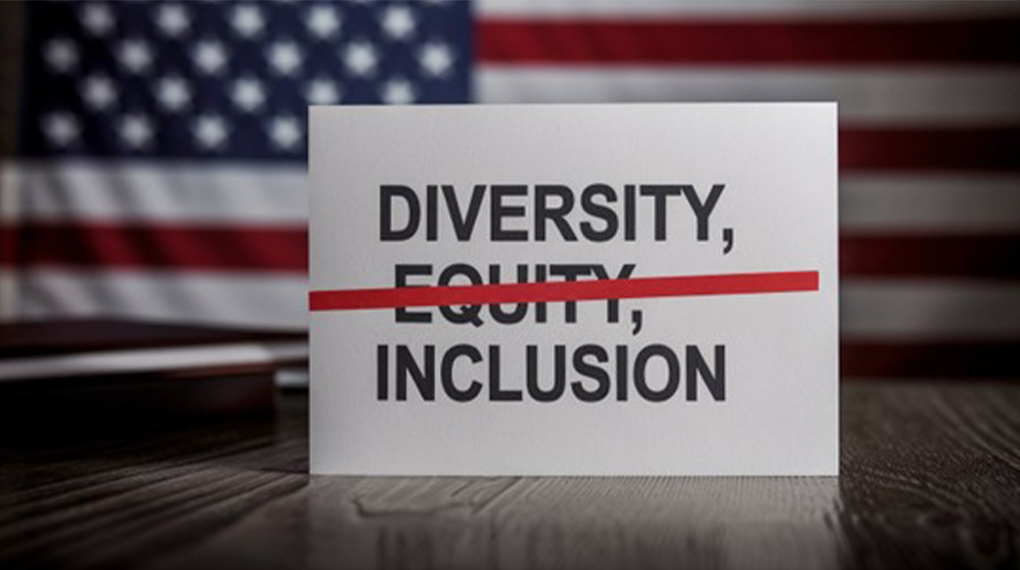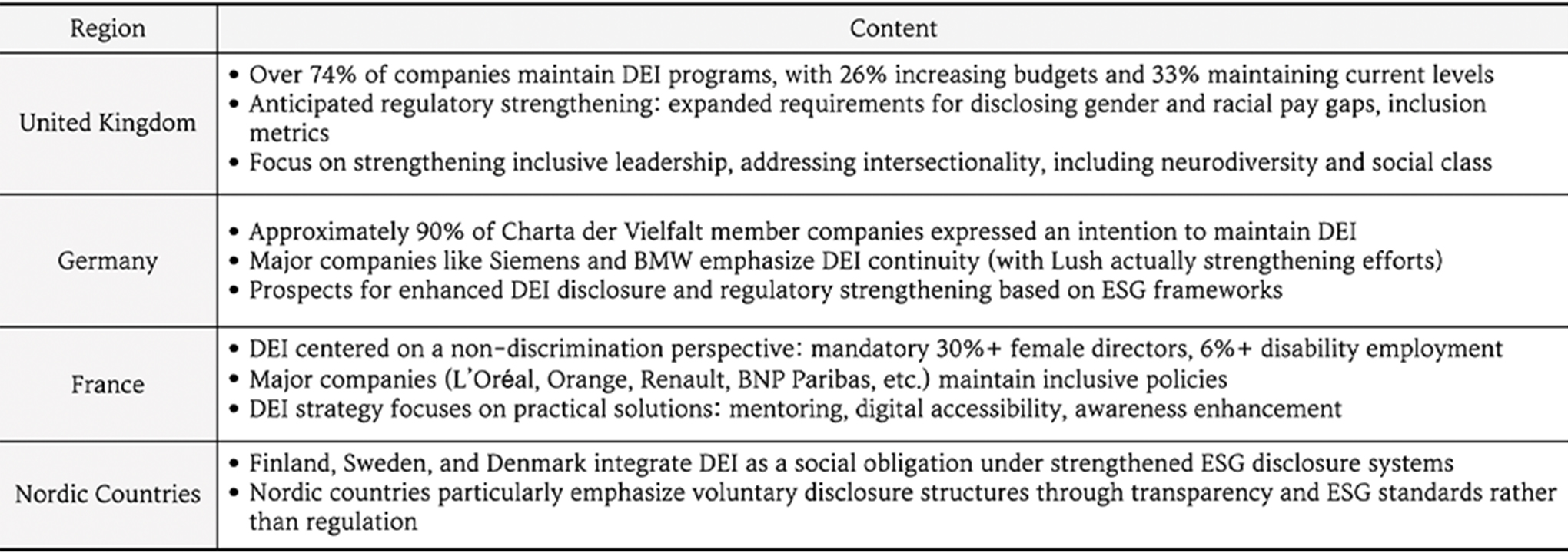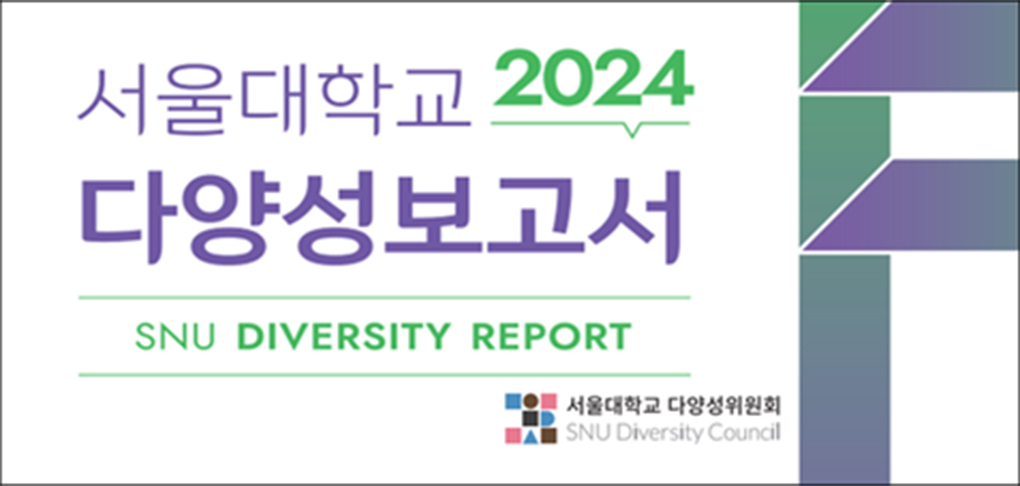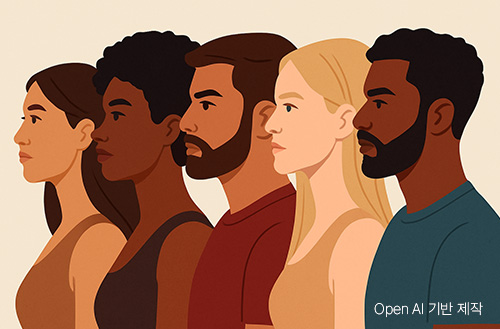


Columnist
Yerin Kang CSR Team
Editor's note
DEI stands for Diversity, Equity, and Inclusion, which means ensuring that members with diverse characteristics such as race, gender, age, sexual orientation, disability, religion, and cultural background are equally respected and can participate in the community without discrimination.
You might close this page immediately, thinking, “This sounds boring.” While it may seem like a complex field, from a different perspective, it touches our daily lives and has significant impacts across various areas, including the economy, politics, society, corporate marketing, and communications. As a DEI professional, I’ll be sharing multiple stories I’ve encountered in this column, so please feel free to give it a quick read.

Source: OpenAI (ChatGPT) generated image
#INTRO
DEI encompasses various dimensions, with the most frequently discussed being (1) race, (2) disability, (3) gender equality, (4) age, and (5) sexual orientation. If you could choose just one of these five areas to meaningfully allocate resources—whether through taxes, investments, donations, or volunteer work—which would you select? Would everyone make the same choice?
Likely not. Individual experiences, values, and social backgrounds shape “what each person considers the most pressing area.” This variation also emerges in national DEI priorities. This column examines how DEI is understood and implemented differently across major regions, including the United States, Europe, and Asia.
1 United States: Race-Centered DEI and the Growing Backlash
American DEI emerged from the imperative to address historical inequalities and social disparities. The legacy of slavery and racial discrimination persisted throughout society even after legal equality was established, making “race” the central axis of DEI discourse. Consequently, it became the most sensitively handled topic in advertising and marketing.
However, simply featuring diverse races in a single advertisement is insufficient for generating positive corporate image effects. In fact, tokenistic placement of specific racial groups or confining them to stereotypical roles can backfire. During the development of the “Global DEI Communication Guide” mentioned in my previous column, we conducted interviews with American consumers.
One American consumer specifically stated: “I feel like inclusivity and diversity is kind of something people expect as a baseline. So just having different people of color is kind of the bare minimum of what is expected” (excerpt from the 2025 Global DEI Communication Guide, published by Amorepacific CSR Team). They emphasized that merely featuring people with diverse skin tones represents the minimum expectation, and that companies must demonstrate broader inclusivity across disabilities, gender, and other dimensions. This reflects how consumers now prioritize authentic brand inclusivity over superficial representation in advertising. Hence, demonstrating inclusivity across organizational operations, products, and services has become essential in the American market.

Source: AI Matters article
That being said, the United States is currently experiencing significant backlash against DEI amid political and social conflicts.
President Trump criticized DEI programs as “hypocritical systems that promote discrimination,” while political voices defining them as “excessive political correctness” have gained momentum. Many companies have begun reducing their use of terms like DEI, equity, and diversity in external communications, replacing them with less controversial expressions such as “inclusion” and “belonging.”
Some companies, including Boeing, have downsized their DEI organizational structures or reorganized departments. Despite this, American consumer sensitivity to DEI remains high, creating backlash for some companies. In February 2025, a 24-hour consumer boycott campaign called “Economic Blackout” targeted companies like Target, Walmart, and Amazon that announced DEI rollbacks, negatively impacting their sales and stock prices.
This trend suggests that while companies can avoid political and social controversy and reduce costs by scaling back DEI activities in the short term, the long-term importance of maintaining brand value and global competitiveness must be considered. Particularly in the United States, more than half of consumers report hesitating to purchase products from companies that do not respect diversity, emphasizing “inclusivity” and “values-based consumption.” Therefore, it’s crucial to view the current social conflict surrounding DEI not as an opportunity for retreat, but for redefinition.
2 Europe: From Choice to Strategic Imperative
In Europe, DEI has evolved from an optional initiative to a strategic imperative. The United Kingdom has strengthened institutional enforcement by legislating gender pay gap reporting, while Germany has deeply embedded DEI into management strategy through ESG disclosure frameworks. France has pushed back against American-led DEI reduction pressures by emphasizing its non-discrimination traditions and pursuing substantial change through institutional mechanisms such as mandatory female executive ratios and disability employment quotas. Nordic countries have naturally integrated DEI into ESG reporting based on social trust and transparency rather than regulatory mandates.

Source: Key content re-edited and utilized (author), detailed sources referenced at the bottom of the text
A noteworthy change across Europe mirrors the United States in the rebranding of “DEI” terminology. To minimize political burden, expressions like “belonging” and “inclusive culture” are becoming more prevalent, representing an evolution in approach rather than policy retreat. Simultaneously, according to a 2024 EY report (EY European DEI Index: How will your actions speak louder than words?), European companies are intensifying efforts to connect DEI with ROI and innovation outcomes. As this data-driven and performance-focused approach strengthens, DEI is positioning itself not as an ethical obligation but as a core driver of corporate competitiveness. Additionally, “intersectionality” represents another significant trend. Rather than experiencing discrimination simply for “being a woman” or “having a disability,” individuals may simultaneously be female, have disabilities, and belong to socially disadvantaged groups. Intersectionality considers how multiple characteristics interact to create complex experiences of discrimination. This expands the scope of inclusion beyond gender and race to encompass disability, sexual minorities, social class, and neurodiversity. European companies are actively pursuing initiatives to build “substantive belonging” where all employees feel comfortably integrated within the organization by considering employees’ multiple characteristics together. This trend contrasts sharply with America’s DEI reduction movement. European DEI views diversity not as a matter of “political correctness” but as an engine for organizational innovation and sustainability.
3 Asia: Survival and Growth Strategy
1) India: Strengthening Competitiveness Through DEI
Following India’s rapid economic growth and digitalization, companies are strategically adopting DEI to build competitiveness not only domestically but in global markets. According to LinkedIn data, Indian companies have clearly established and quantified specific targets for hiring women, people with disabilities, and sexual minorities, increasing related job postings by 2.5 times.

Source: ‘Women in Film India’ image from Reclamation Magazine article
RPG Group has announced plans to increase its DEI ratio from 23% to 25% by 2027, while Axis Bank has pledged to expand women’s workforce representation to one-third. Tata Steel has set a goal to fill one-quarter of its total workforce with diverse talent. Beyond mere declarations, various implementation mechanisms are being established, including leadership development programs, bias elimination training, and expanded hiring of people with disabilities and sexual minorities. Innovative changes are emerging in welfare aspects as well. Accenture provides gender transition-related medical support to transgender employees, while P&G India offers customized treatment programs to employees with disabled children. This demonstrates how inclusivity is expanding beyond simple hiring ratios to encompass systems that address employees’ entire lives. Another notable development in India is DEI’s penetration into cultural industries beyond economics. The 2025 Cannes Film Festival launched the ‘Women in Film India’ program, supporting mentoring and global collaboration for female producers.
India’s DEI approach has established itself not as grandiose rhetoric but as a practical strategy for healthier corporate growth, likely serving as an essential foundation for Indian companies to build sustainable competitiveness in the future.
2) Japan: Survival Strategy Amid Demographic Crisis
Japanese companies have increasingly embraced DEI not merely as an ethical value but as a survival strategy in recent years. As labor shortages intensify due to declining birth rates and aging populations, recognition has spread that sustained growth is difficult without the participation of diverse talent, including women, foreigners, and people with disabilities. The Japanese government has set a target to increase female leadership ratios to 30% by 2030, while major corporations like Hitachi have announced plans to expand foreign and female executive representation. Legal foundations for sexual minorities have also been established. The LGBT Understanding Promotion Act, enacted in 2023, stipulates a “duty of effort” for companies, schools, and local governments to reduce discrimination against sexual minorities and improve awareness. While enforcement is weak, it provides a foundation for companies to discuss LGBTQ+ inclusion institutionally.
Ultimately, Japan’s DEI strategy can be viewed as an attempt to leverage diversity as a new driver of organizational growth amid a realistic crisis. The extent to which trends embracing women, foreigners, sexual minorities, and people with disabilities can take root will be directly connected to Japan’s economic resilience moving forward.
3) South Korea: From Regulatory Compliance to Implementation
In Korean society, the convergence of global corporate expansion, increasing multicultural populations, and changing generational values is transforming DEI from declarative values to actual implementation challenges.

Source: Seoul National University Diversity Report cover
Universities have established institutional foundations through the formation of diversity committees and the launch of collaborative bodies, implementing diverse programs. When discussing Amorepacific’s DEI values and seeking related consultation, I had the opportunity to meet directly with members of Seoul National University’s Diversity Council. I discovered that universities are conducting remarkably active DEI discussions, even more so than corporations. The council publishes an annual “Diversity Report” containing various indicators of university members’ gender, nationality, positions, and educational backgrounds, while continuously promoting DEI culture through book and film recommendation contests, exhibitions, and other participation-encouraging activities. They also operate an internship program called “Diversity Pioneers,” helping students directly select themes such as “gender, nationality, disability, and sense of belonging,” and attempt campus changes through group activities.
Meanwhile, while Korean companies do not publish separate diversity reports, a significant number of the 86 companies recognized for excellent ESG management include DEI-related activities in their sustainability management reports. Amorepacific similarly specifies DEI values through its sustainability report, sharing concrete examples of applying these values across organizational culture and marketing. Examining the DEI values emphasized by Korean companies, female talent development and leadership expansion remain core challenges, with some companies incorporating gender and age indicators into promotion and hiring data to ensure equal opportunity provision. Additionally, amid demographic structural changes, the inclusion of workers with disabilities and foreign personnel has emerged as an essential pillar of talent acquisition strategy. Beyond simple mandatory employment, practical accommodations are increasing, including job redesign, remote work support, multilingual education, and dietary and cultural considerations.

Source: Amorepacific Sustainability Report, ‘Headquarters Halal Lunch Box Image’
As Amorepacific’s foreign employee population has grown, the company has established diverse dining options in its headquarters cafeteria, starting in January 2025, ranging from semi-vegetarian to vegan choices. The company also operates halal meals prepared according to Islamic law through reservation, creating a food culture where members of various religions can dine together.
As these examples demonstrate, DEI in Korean companies is expanding beyond mere regulatory compliance or declarative values into strategic implementation encompassing organizational operations, HR policies, work environments, and even food culture and living environments.
#OUTRO
Global DEI cases reveal varied landscapes—some regions, like the United States, are experiencing controversy and backlash, while others, like Europe and Asia, are establishing DEI as a strategic imperative, with different priority areas across regions. Therefore, for global companies to effectively implement DEI during international expansion, customized strategies tailored to each country’s social context and cultural characteristics are necessary, moving beyond simply “increasing diversity.”
Sources
- HR Review -Diversity News
- WTW article
- 1) Inclusive Leadership enhancement - Inclusive Leadership (University of Birmingham) report “Inclusive Leadership final 26_5_24”
- 2) Neurodiversity, intersectionality related - Daisy Chain article
- Germany’s EAF Berlin report
- DW article
- FRESHFIELDS article
- Global law firm site Ashurst
- Individual company site listings
- Mentoring, digital accessibility related L’Oréal, BNP, etc. site listings
- Inclusify article
- ResearchGate article
 |

Yerin Kang |
|
|
Amorepacific
|
|
-
Like
1 -
Recommend
0 -
Thumbs up
0 -
Supporting
0 -
Want follow-up article
0





